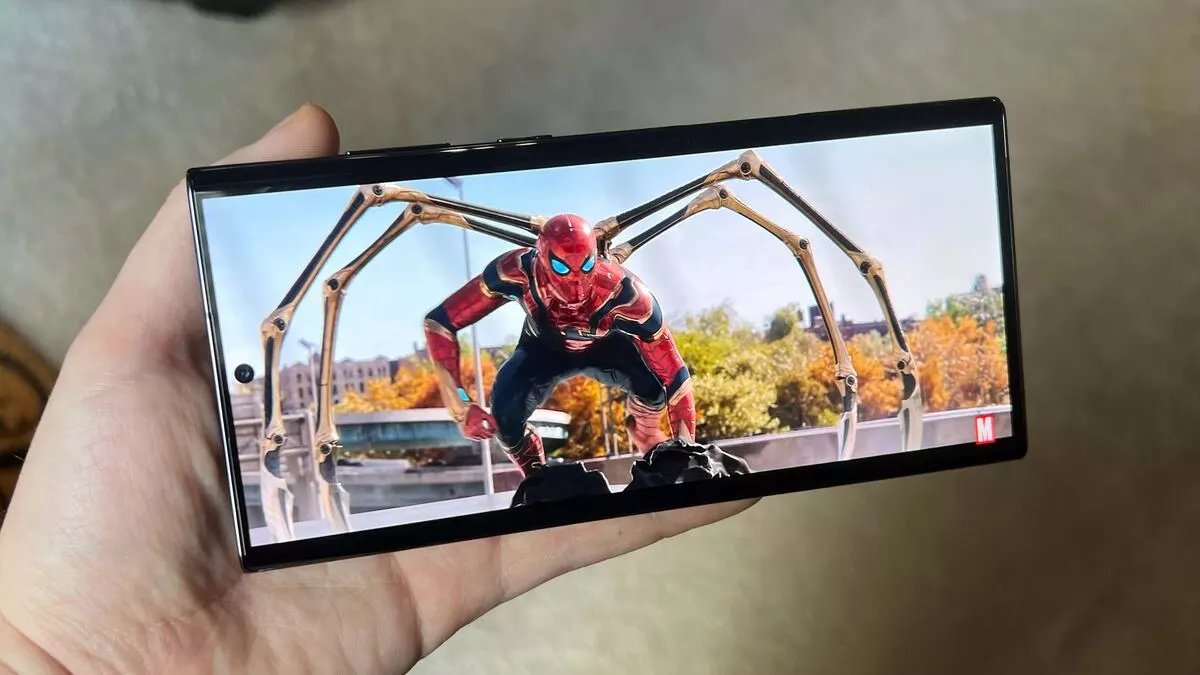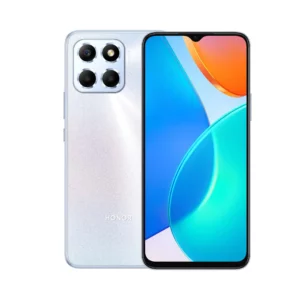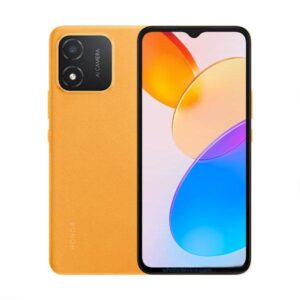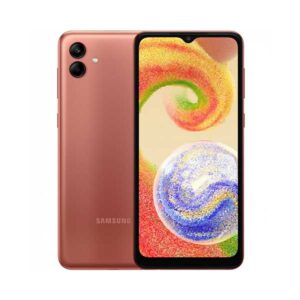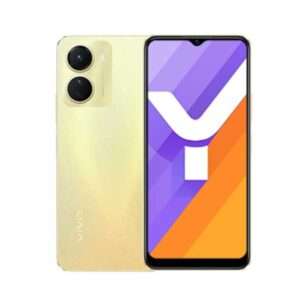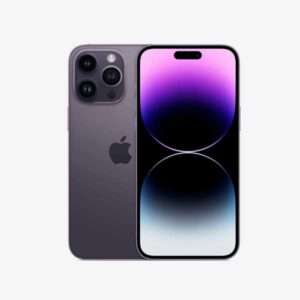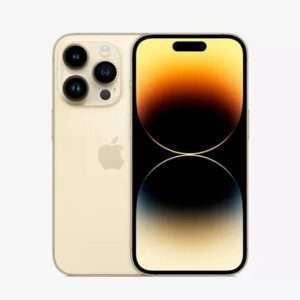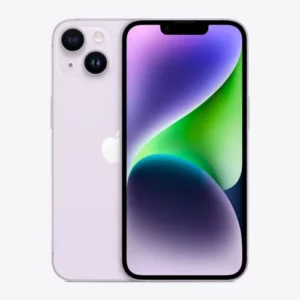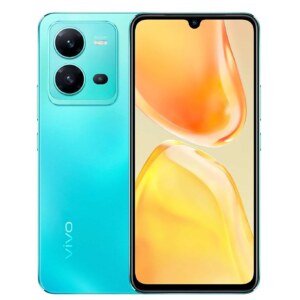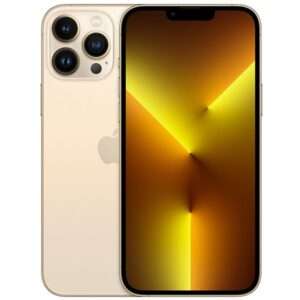The Samsung Galaxy S23 5G is one of Samsung’s newest flagship phone, which was launched on February 2, 2023. Together with the Galaxy S23+ and Samsung Galaxy S23 Ultra, this cellphone is included in the Galaxy S23 series family.
The presence of the Galaxy S23 confirms that Samsung pays attention to flagship phone fans with a compact form. Yes, compared to the other two Galaxy S23 Series Mobile Phones, the Galaxy S23 has the smallest size. This cellphone is comfortable to hold in one hand and easy to put in your trouser pocket.
The appearance of the Galaxy S23 automatically replaces the senior one that was introduced a year earlier, namely the Galaxy S22 5G. So what’s the differences between the Samsung S22 and Samsung S23? Don’t go anywhere, you find out all the differences by reading this article till the end,
Samsung Galaxy S22 5G Specifications
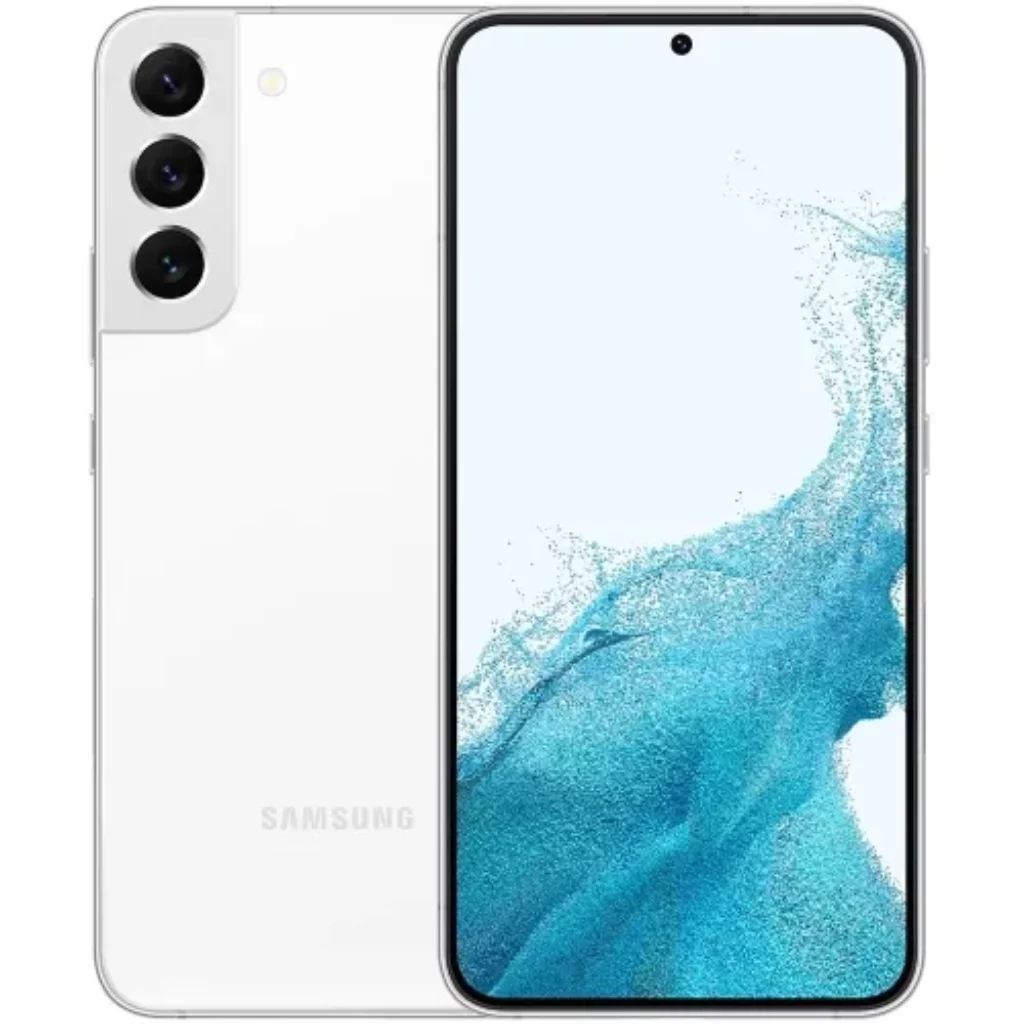
| Screen | Dynamic AMOLED 2X 6.1 inches |
| Chipsets | Qualcomm Snapdragon 8 Gen 1 |
| RAM | 8GB |
| Internal Memory | 128GB, 256GB |
| Camera | 50 MP (wide) 10 MP (telephoto) 12 MP (ultrawide) |
| Battery | Li-Ion 3700 mAh |
Samsung Galaxy S23 Specifications
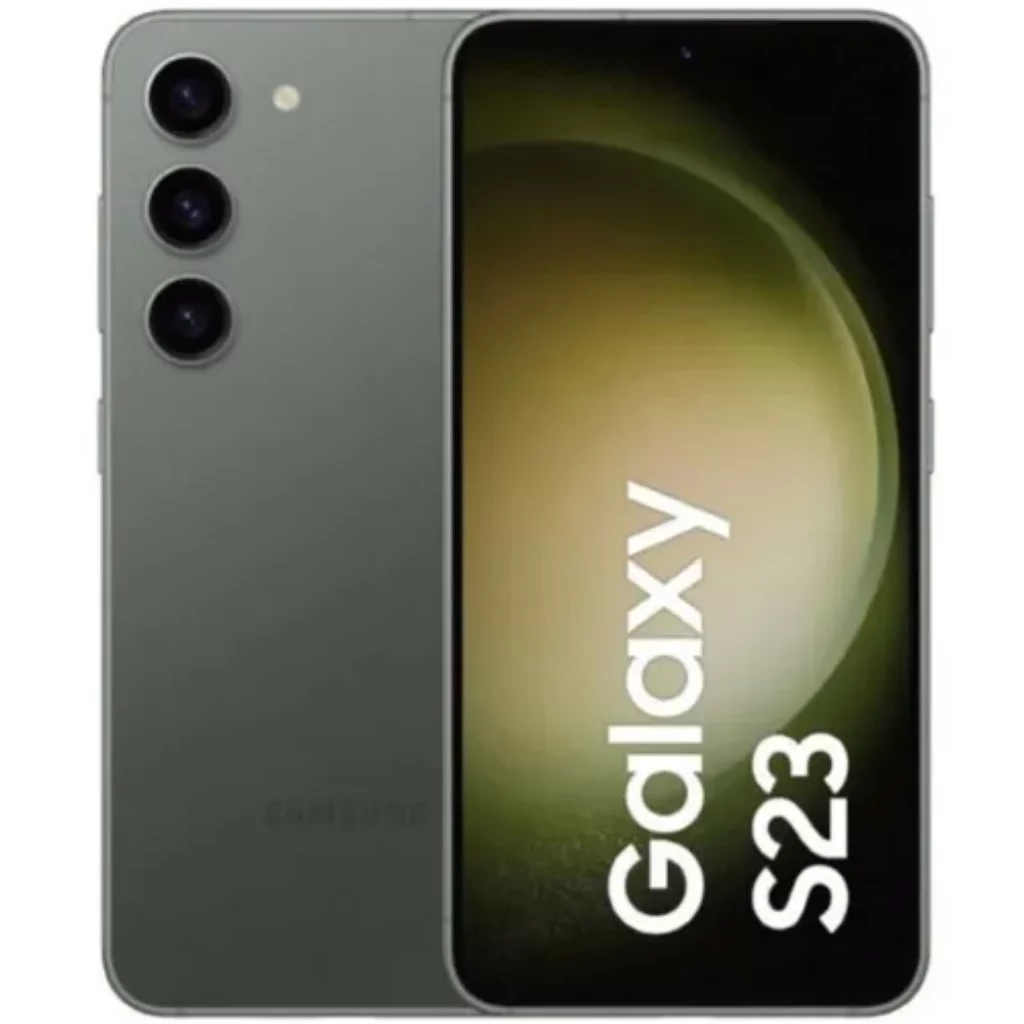
| Screen | Dynamic AMOLED 2X 6.1 inches |
| Chipsets | Qualcomm Snapdragon 8 Gen 2 |
| RAM | 8GB |
| Internal Memory | 128GB, 256GB |
| Camera | 50 MP (wide) 12 MP (ultrawide) 10 MP (telephoto) |
| Battery | Li-Ion 3900 mAh |
differences between the Samsung S22 and Samsung S23
The appearance of the Galaxy S22 and Galaxy S23 is very similar. Nevertheless, the two cellphones still have some differences as a sign of change. Take a peek at some of the differences between the Galaxy S22 and Galaxy S23 as follows
1. Body Materials that are the Same as Glass, but Different Generations
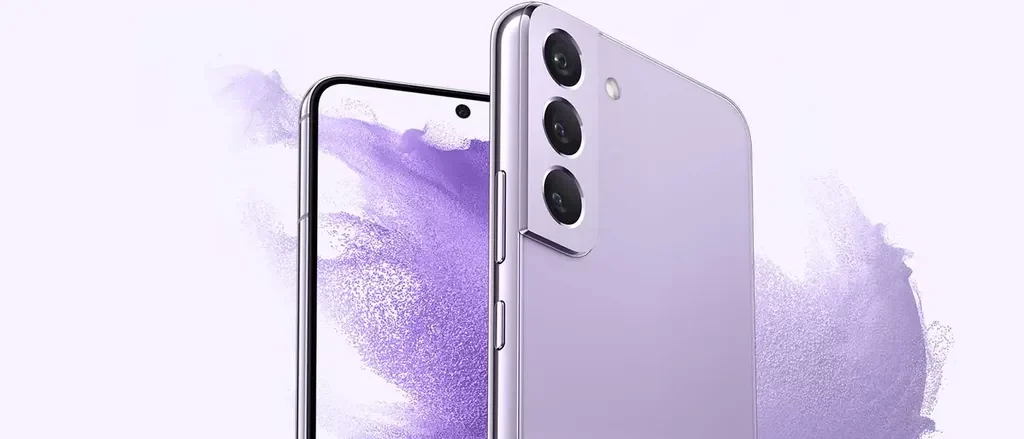
In general, the design of the Galaxy S22 and Galaxy S23 has a similar design language. Both appear minimalist with a flat back cover edge. The position of the front camera hole, how the rear camera is arranged, and the shape of the frame are no different.
However, there is one visible change to the naked eye. One change is the absence of a mount or module for the rear camera of the Galaxy S23. In practice, this newer cellphone looks cleaner and more minimalist when compared to the Galaxy S22, which still uses modules.
The absence of a module makes the three rear camera lenses of the Galaxy S23 automatically appear. Such a rear camera design is reminiscent of the mid-range Samsung Galaxy A32.
So, the next difference in the design of the two phones is the body material used. If the Galaxy S22 uses Gorilla Glass Victus + for the front and back cover, the Galaxy S23 uses Gorilla Glass Victus 2.
It is said that Gorilla Glass Victus 2 is more resistant to impact, especially impacts to hard surfaces such as concrete. In tests conducted by the manufacturer, Corning, Gorilla Glass Victus 2 is said to be impact resistant from a height of up to 1 meter.
2. Performance Improved SoC
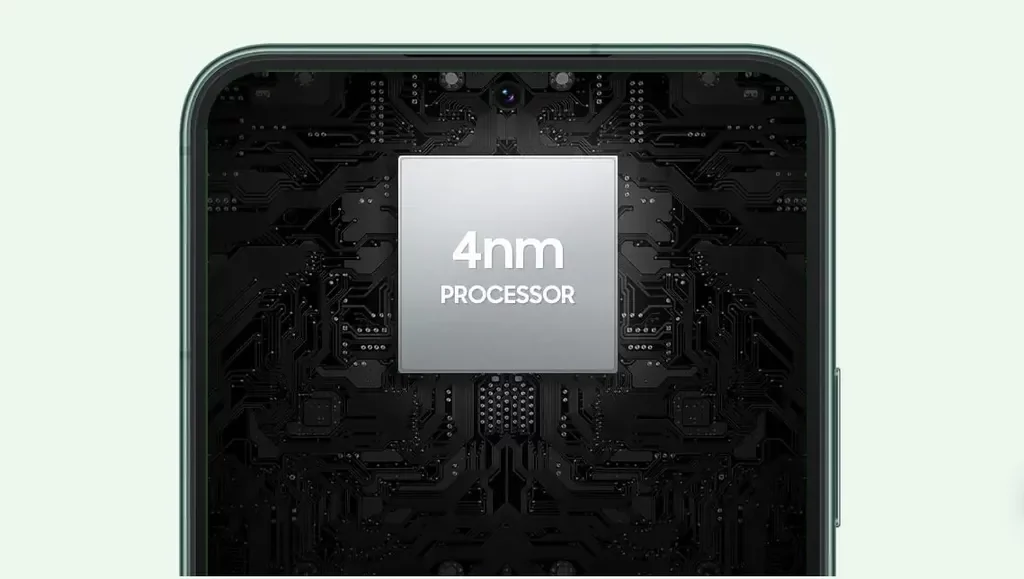
Samsung confirmed that the Galaxy S23, which was launched worldwide, uses the Qualcomm Snapdragon 8 Gen 2 SoC. This decision could be the aftermath of stopping the development of the Exynos SoC for high-end products.
In addition, this step was taken because many consumers claimed to be disappointed with Samsung’s policies in the past. The policy is to launch the Galaxy S Series with two SoC variants according to certain regions. Galaxy S cellphones with Exynos SoC are often reported to be not as fast as the Snapdragon variant.
When launching the Galaxy S22 in 2022, the European region will get a unit with SoC Exynos 2200. Meanwhile, other parts of the world, including Pakistan, will get a unit with SoC Snapdragon 8 Gen 1. Now, what will be compared here is Snapdragon 8 Gen 2 with Snapdragon Gen 1.
If you look at the features and performance, there is a significant jump from Snapdragon 8 Gen 1 to Snapdragon 8 Gen 2. This is because the Snapdragon 8 Gen 2 carries the new CPU and GPU. Even so, the fabrication process is still the same as 4 nm.
Regarding features, only the Snapdragon 8 Gen 2 supports ray tracing technology and hardware acceleration of the AV1 codec. Ray tracing makes the gaming experience even more impressive, while hardware support for the AV1 codec makes the phone’s performance more efficient when playing videos on platforms like YouTube.
How about the performance? According to Nano Review, there was an increase of about 20% when both chipsets were tested on the AnTuTu 9 application. The Snapdragon 8 Gen 1 got a score of 1,037,127, while the Snapdragon 8 Gen 2 got a score of 1,239,545.
The most significant increase seen in the graphics processing capabilities. In the 3D Mark Wild Life test, the Snapdragon 8 Gen 2 was able to score 13,243, while the Snapdragon 8 Gen 1 8958. Snapdragon 8 Gen 2 is 48% superior to its predecessor.
The scores above are of course only estimates. However, these estimates are enough to indicate that the Galaxy S23 has great potential to outperform the Galaxy S22.
3. Bigger Front Camera Resolution
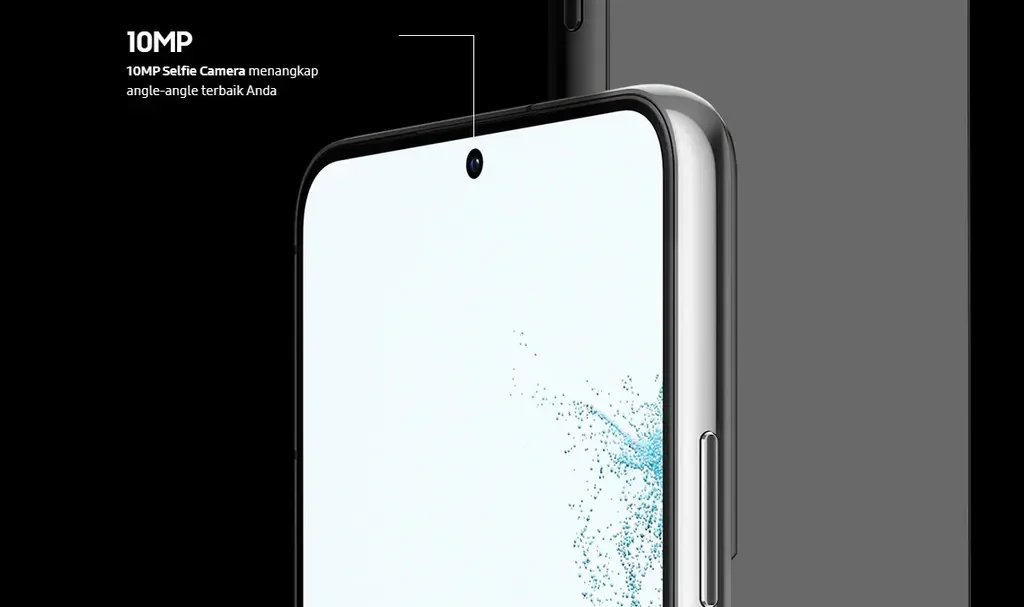
There is no difference in specifications for the rear cameras of the two phones. They both use a triple rear camera configuration. The details are a 50 MP main camera, a 12 MP ultrawide camera, and a 10 MP telephoto camera.
What is slightly different is the front camera or selfie camera. The front camera resolution of the Galaxy S23 is 12 MP, up 2 MP compared to the Galaxy S22 (10 MP). The focal length of the lens is slightly different, namely 25 mm on the Galaxy S23 and 26 mm on the Galaxy S22.
Increasing the resolution is likely to improve the low light capabilities of the camera. However, on paper, the front cameras of the two cellphones are considered one of the coolest. Because both of them already support autofocus, and can record video with a frame rate of 60 fps which is important for content needs on various platforms.
4. Superior Thin Galaxy S23 Connectivity Support
Both the Galaxy S22 and Galaxy S23 support 5G networks. That’s obvious considering the SoCs that both phones use contain 5G modems. However, the Galaxy S23 is slightly superior in terms of connectivity compared to its older brother.
The advantage it has is the impact of using the Snapdragon 8 Gen 2 SoC. Because it uses this SoC, the Galaxy S22 automatically supports WiFi 7 and Bluetooth 5.3. It’s just that WiFi 7 support may be activated later.
For the time being, the new phone supports WiFi 6e. The new Galaxy S22 supports WiFi 6 and Bluetooth 5.2.
The differences in the generations of WiFi and Bluetooth may not be felt by users in general. However, fundamentally, WiFi 6e has the potential to be smoother because it supports the 6 GHz spectrum. This is different from WiFi 6 which only supports the 2.4 GHz and 5 GHz spectrum.
Meanwhile, Bluetooth 5.3 is claimed to have a stronger signal with less power consumption than Bluetooth 5.2.
5. Competitive Battery Capacity
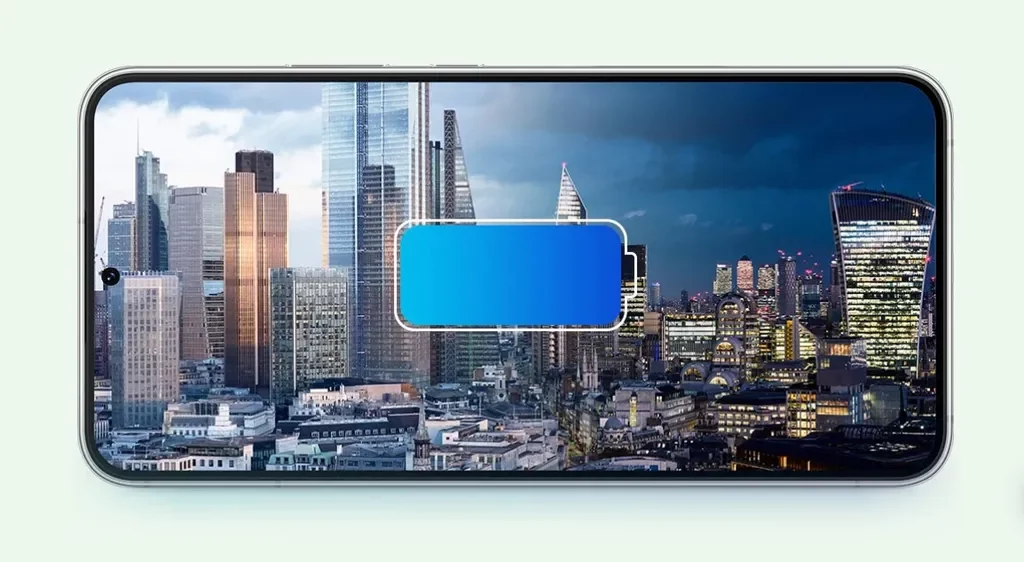
Samsung confidently pinned a battery with a capacity of only 3700 mAh on the Galaxy S22. However, some testers saw that the battery with a small capacity was quite durable. The Snapdragon 8 Gen 1 SoC, which is efficient in power consumption, certainly contributes to the longevity of the cellphone’s battery.
So, on the Galaxy S23, the battery capacity has increased to 3900 mAh. Assuming that the Snapdragon 8 Gen 2 has power consumption similar to the Snapdragon 8 Gen 1, then the Galaxy S23 will likely have better battery life than its predecessor.
The two cellphones are still supported by 25W fast charging technology. Not the fastest, but more than enough for a battery under 4000 mAh. Then, the Galaxy S22 and Galaxy S23 also support wireless charging and wireless charging.
It’s just that for wireless charging, the power that can be absorbed by the Galaxy S22 is greater, namely 15W against 10W.
Read Also:
1. 6 differences between the Samsung Galaxy S22 Plus and the Galaxy S23 Plus
2. Differences between Samsung Galaxy S22 Ultra and Galaxy S23 Ultra
Conclusion
So, those are some of the differences between the Galaxy S22 and Galaxy S23. The two compact phones do have designs that are not much different. However, some essential tweaks were made to improve the user experience.
The Galaxy S23 also has better performance, camera capabilities, and battery life than the Galaxy S22. Durability also increases thanks to a stronger glass material. By the way, which do you prefer, Galaxy S22 or Galaxy S23?







